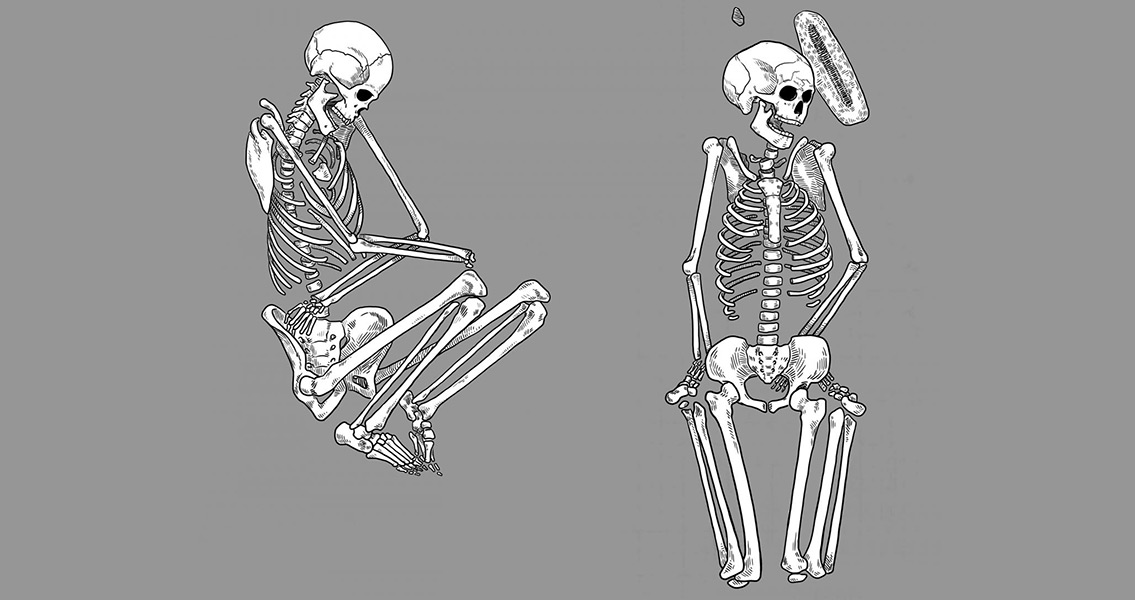<![CDATA[Certain burials discovered in the southwestern United States and northwestern Mexico may be the results of ancient blood feuds, researchers have recently revealed. According to a press release from the University of Arizona (UofA), research into burials in the Sonoran Desert, conducted by bioarchaeologist James Watson and anthropology doctoral student Danielle O. Phelps, may indicate ancient examples of motivated violent killings. The graves investigated by Watson and Phelps were filled with the remains of individuals that had suffered significant and probably life-ending trauma. Those buried within had often been placed haphazardly with seemingly little pomp or even respect. Watson remarked that the differences between these individuals and the typical burial are telling, and that it begs the question as to why. He and Phelps feel that the burials, which range from 2100 BCE to around 50 CE, are indicative of the deepest of disrespect to the deceased by continuing to desecrate the body, moving from violence perpetrated on the individual in life to violence performed on their remains in these atypical burials. The bioarchaeologist said that many of these aberrant burials have been associated with unplanned, unnatural or other types of “bad” deaths, with many believing that these burials were for individuals who had been accused of practicing witchcraft. However, Watson disagrees with that explanation, based on how these remains were not treated the same as those of suspected witches, which were dismembered in a distinctive manner. Instead, Watson said that these remains may indicate that in life these humans had been victimized by blood feuds between individuals or families. Certain communities might have even become accustomed to such violence if these feuds were ongoing, he suggested, especially during this period of time, which is characterized by population upheavals in the region thanks to the development of agriculture there for the first time. Social tensions developing within the first communities as individuals and families staked disputed claims on farmlands, or even disputes between whole settlements, could have easily boiled over into violence, Watson remarked. The desire to gain renown or prestige could have also played a role, as this would have opened up pathways to the rewards of physical fitness such as greater wealth, power and additional opportunities to have offspring. These violent killings and disrespectful burials, Watson suggests, could have been one way of gaining prestige during these turbulent times. This was a high-risk scenario, as even if one was successful in dealing with their rivals so summarily, the public nature of the violence and disrespect would have easily sparked reprisals from the families or villages of these defeated rivals. Watson says that this ancient evidence of blood feud could be seen through the lens of modern society, especially with the rise of violence today. The increase in violent crime and murder in many cities in the United States and around the world, especially in lower socio-economic neighborhoods, could be viewed as an analogous situation to the historical Sonoran Desert, especially with children growing up around violence and internalizing those values of gaining respect and prestige through violence. The new research study, published in the journal Current Anthropology, is available online here Illustration by Caitlin McPherson]]>
Ancient Desert Graves Indicate Possible Blood Feuds
